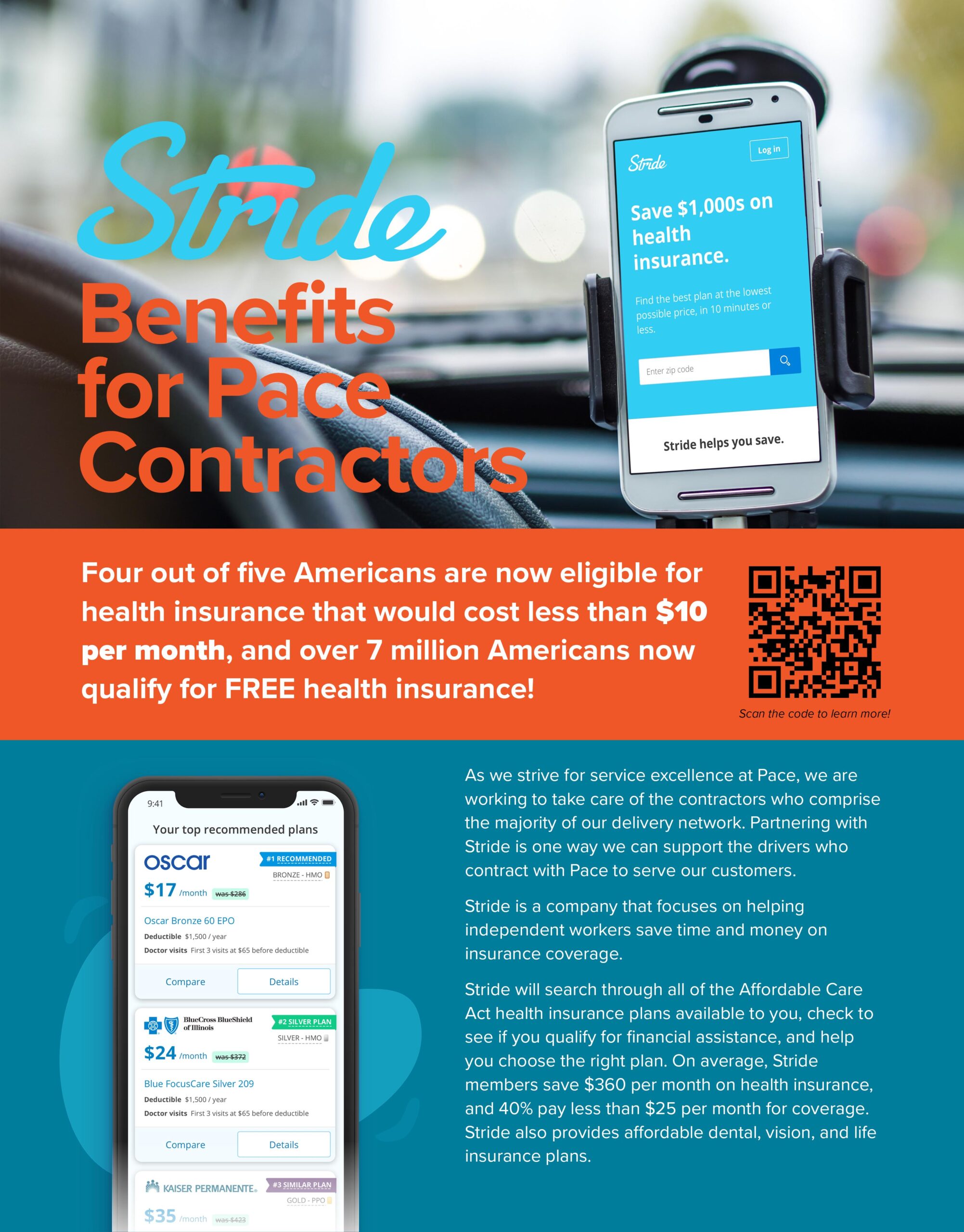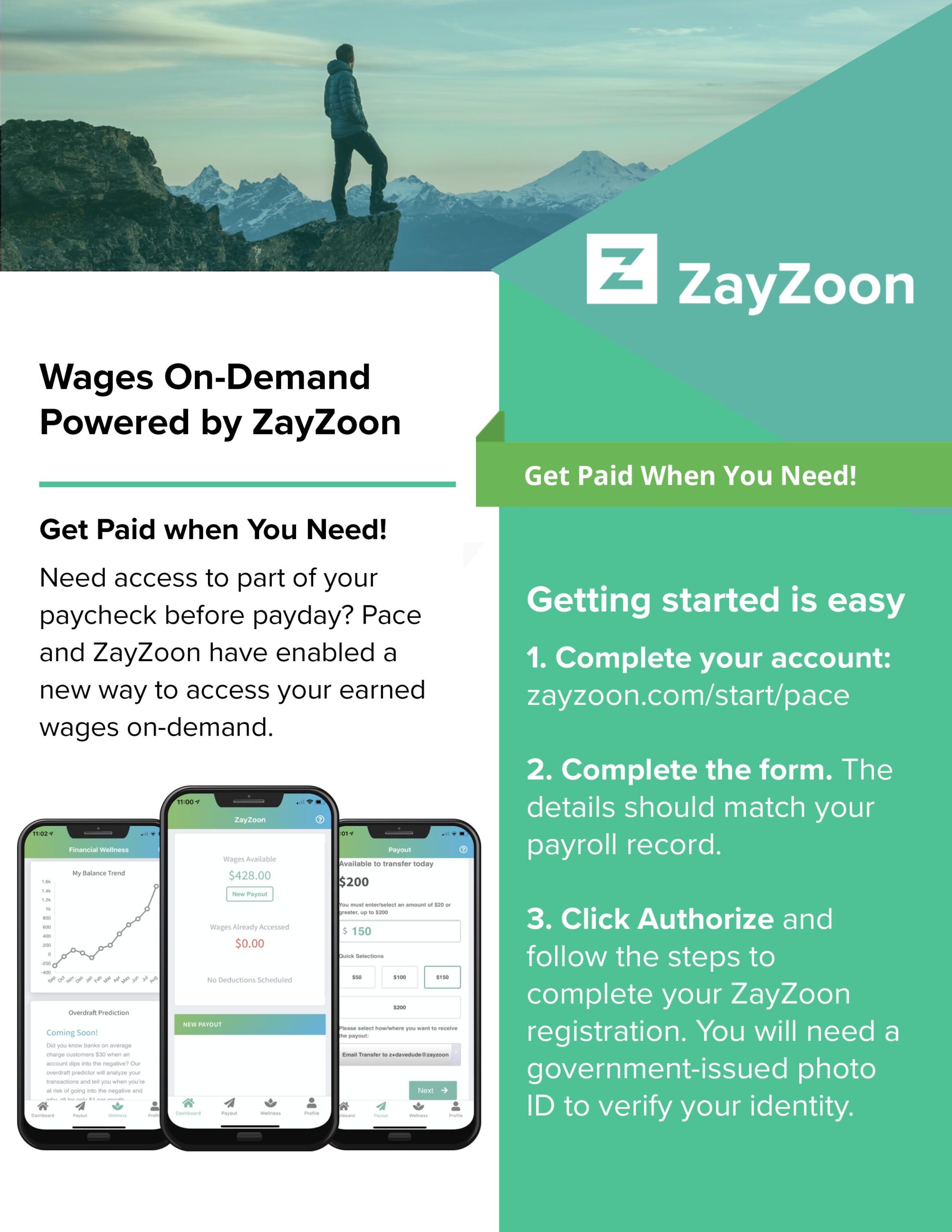
The organic growth of e-commerce over the past decade was already driving unprecedented demands on independent drivers before the sudden impact of COVID-19. As logistics professionals act quickly to adjust to a changing marketplace and the disruptions accelerated by the pandemic, industry experts are forecasting several important trends for 2021. One of those trends is that the demand for owner-operators will continue to grow.
The logistics industry has evolved in recent years as consumer behaviors have driven an ever-increasing need for more capacity. Demand for capacity is expected to continue, meaning the industry will require more and more for-hire drivers to supplement in-house capacity limitations. This has led to some of the larger logistics companies outsourcing services to local and regional logistics service providers whose business models leverage the availability of independent contractors.
This rising demand will attract a surge of new drivers taking advantage of the opportunity to enter the market. Materials Handling and Logistics News reported last year that the U.S. would need to add 1.1 million new drivers over the coming decade. A report published by the American Trucking Association (ATA) estimates that we will not be able to meet this demand and that the industry will be short nearly 160,000 drivers by 2028.
ATA chief economist Bob Costello explained, “Over the past 15 years, we’ve watched the shortage rise and fall with economic trends, but it ballooned last year to the highest level we’ve seen to date.” Industry advocacy organizations are also pushing to change current industry requirements to make driver careers more attractive. Several policy initiatives are currently underway, and Congress has recognized the urgency of the driver shortage by introducing legislation including the DRIVE-Safe Act. The DRIVE-Safe Act lowers driver age restrictions and introduces apprenticeship programs for high school graduates to increase the pool of properly trained and qualified drivers.
As driver jobs become more accessible and additional new drivers enter the market, forecasters predict that truck and cargo vehicle sales will increase. Existing owner-operators and other independent third-party providers will also seek to add more vehicles to their fleets through either used vehicle purchases, new vehicle purchases, or leasing more vehicles as freight volumes continue growing. In Choosing the Best Vehicles to Start – or Grow – Your Business, Pace covers the basic considerations to help drivers make these important decisions.
Market demands are also raising the pressure to decrease transit times. One result may be reorganization of logistics infrastructure as service providers look to increase localized capacities. Companies will continue developing pool operations, sort and seg facilities, and final mile capabilities to meet the need for rapid inventory replenishment and same-day delivery. Driver dispatching will shift to focus on shorter routes and higher density of vehicles per coverage area. Regional service providers will have to recruit more for-hire drivers to fill these capacity gaps.
Experts are also predicting that as local economies continue to reopen and more of the population is vaccinated against COVID-19, consumers will begin returning to brick-and-mortar shopping across a range of industries. This could create a sudden spike in volume for business-to-business logistics services and cause a further shortage in existing driver capacity. The bottom line? Demand for owner-operators is likely to grow steadily as a result of consumer behavior trends matched with market and industry shifts.











